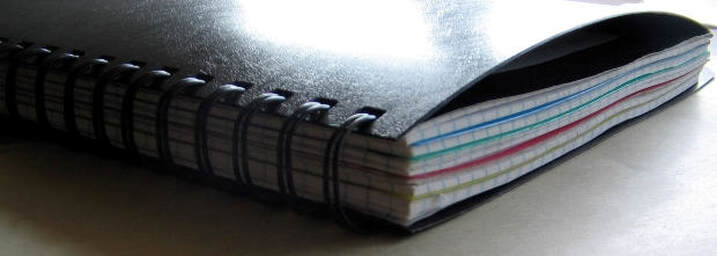 This isn't a post about widowhood. It's a post about the time before. Tim died so suddenly that we weren't able to put any plans in place. Over the almost four years since Tim died I have seen two beloved friends die of cancer, and have talked through plans with them. Plans make a hard time easier for the people that we leave behind. Make a will Tim didn't and it just added to all the things I needed to do at a time when I was falling apart. So make a will. Make sure that people know if you're going to name them as executors and make sure they know where to find it. Include a statement that you're revoking all previous wills. Get legal advice if you need to. This may be available free from a charity if you include a bequest, or via your union. Wills can be about actions as well as assets, and you can include things that you want people to change, or not to change. These can be quirky if you are in the mood and you think the recipient will appreciate it - for example, "I'll come back and haunt you if.... you dig up the red rose bush, or you don't use those concert tickets we've got." Make an additional list of any things that you want to go to particular people, where they aren't big enough to go in a will. Your favourite pen, for example. Also, think about what needs to happen to pets. Power of attorney A power of attorney will make life easier for the people around you if you think you might become so incapacitated that you can’t make decisions. You will need one for health and welfare, and one for finances and property. These need to be registered with the Office of the Public Guardian to make them legally effective. This requires a fee and can take several weeks to be put in place. Other paperwork Make a list of important information:
Consider simplifying finances, for example consolidating everything into one bank account and one credit card. Having some form of joint account, even if you also have separate accounts, means that someone left behind can access money in those first few weeks of 'afterwards'. Check that anything that has a named beneficiary on it, such as a pension, goes to the right person. Practical things and medical requests If you are likely to be ill for while, check out benefits that might be available for you and your carers, and contact social services for help with things like hoists and commodes. You can put into writing your feelings about treatment, do not resucitate (DNR) orders, withdrawing feeding and drinking, pain relief and organ donation. You can change or revoke these as your feelings change. Technology Set up a password manager like LastPass and get all your critical passwords and other things into it, and give the overarching password to your partner, a member of your family, a close friend or the executor of your will. This should include not only passwords, but where you need to give memorable dates or other pieces of information. Think about your digital legacy – Twitter, Facebook, Instagram, photos, music playlists, mobile phones, laptopts, iPads and tablets, cloud storage, backups etc – and make sure people know what you have, what the passwords are, and what you want doing with them. Let people know if you want these closed or memorialised (where allowed). Go through social media accounts if you think that there is anything that you think might make people unhappy to see after you are gone. Tell someone where all the instruction manuals are. Funeral plans Consider your funeral plans and write them down. Do you want:
Think about:
Finding a funeral director that you can lodge your plans with can be good. You can always revisit these plans – they are not set in stone. Funerals can be expensive. The average funeral costs just under £5,000. It really doesn't have to, but people will try to get you to spend money on gold plated coffin handles and fancy printed orders of service when you're in no fit state to argue. A graveside funeral is likely to be the cheapest option if cost is an issue. Stick with what you want - plain or fancy. 'Stuff' Start decluttering if you can. Perhaps starting with the random crap that one (okay, me) has on their desk. I found going through Tim's desk achingly hard. If you just leave the meaningful things it can be easier on your family. Create piles for bin, save, sell and donate - you can sell stuff on eBay and donate 10-100% to charity. Don't get rid of everything though. There will be things of yours, even little tiny silly things, that people will want to remember you by. And you need to carry on in a lovely, comfortable place that's you, not a sterile room. Give your family and friends permission to throw things away, too. I still feel guilty when I get rid of something of Tim's. Make a bucket list Create a bucket list of things you want to do, people you want to talk to, places you want to go, things you want to buy, films, plays and bands you want to see, and get on with making it happen. This is your bucket list, and it can be as big or small as you want it to be. The list can be tailored to how well you are and what you can afford - travelling can be real or virtual, gigs can be in person or live streamed. Create memories
Remember… Use your time wisely. Don't spend so long sorting practicalities that you don't spend time with the people you love. Some reading In Case you get Hit by a Bus What to do after a death
1 Comment
Once we have lost someone close, subsequent losses can bring things back up to the surface.
My mum died in May 2011, and when my dad died in April 2015, it brought a lot of the grief for my mum back again. When Tim died in February 2018, it felt like I was grieving three people all at once. The way I have coped with this is by going back to the coping strategies from the early days. Taking one step, one moment, one breath at a time. Using grounding techniques. Being gentle with myself. And accepting that I am allowed to feel like this, and it will pass – I survived the day they died and I can survive this. People who haven't been through grief often believe that grief is a linear process. They may have heard of the Kübler-Ross grief model or similar, which look at stages of grief, and think that this is how it works for everyone. Grief really isn't linear. We bounce backwards and forwards through different stages, with triggers such as anniversaries, places, objects or pieces of music sending us one way and another. Margaret Baier and Ruth Buechsel likened this to a pinball machine, where the paddles flip the ball back and forth, sometimes right back to the beginning of the game. This model has helped me understand why sometimes I am thrown back into feelings of sadness and loss, seemingly out of the blue. It also supports something I learned with the growing around grief and Kintsugi concepts – that we carry our grief with us and it becomes part of who we are. As Baier said, "One of the most freeing aspects of this model is the notion that grief is never complete."
 A while after Tim died, a dear friend bought me a Kintsugi kit, complete with a broken bowl. Kintsugi, which translates as 'golden repair', is the Japanese art of repairing broken pottery with a glue dusted with or mixed with powdered gold. Japanese aesthetics has a perspective called wabi-sabi, which appreciates beauty that is "imperfect, impermanent, and incomplete". Those of us who grieve often try to hide our sadness, our brokenness, our emotional and mental scars. Kintsugi as a grief model suggests that we show our scars and treat them as part of us and part of our stories. Living with or alongside our grief, moving forward but not moving on, it's what makes us who we are. Kintsugi "symbolises the truth that repair requires transformation, that the pristine is less beautiful than the broken—and that the shape of us is impossible to see until its fractured, until a wound, like a crack, runs its length." I described it in a blog as "a brave with the stitches showing and the glue not quite set. It's a broken and mended brave… a brave that sees the beauty in the flaws. And while it's a kind of brave that doesn't always withstand a puff of wind, I'm hoping it might be the kind that will stand up to a storm." It took me three and a half years to make the bowl, and I made it to celebrate some major steps in my life after Tim. And I love it. Cherie Altea, an artist based in Singapore, created an image of a bookshelf to illustrate her thoughts on grief. In her own words:
"Imagine that you are this bookshelf and grief were this thick, heavy and permanent book sitting in it. Over time, that book doesn’t change in shape or size. It just stays there and becomes a part of you. As the days and years pass, your library grows around it as everything you add to the shelf becomes another chapter and dimension in your life. The grief, even if you choose to gloss over it, is an indelible presence juxtaposed with the growing collection of things. The spine might fade in the sunlight, yellowing pages will fall out, and its cover will definitely gather dust, but our grief is a book whose pages we can flip through and go back to when we feel compelled to. Without changing in weight, significance or meaning, it shall always and simply be another facet of our existence and one of many stories in our constantly changing life."  Grief can be like a backpack full of rocks. It's heavy, hard to carry, and weighs us down. Sometimes it feels like we can't keep carrying it. But we know can't just put it down. However, over time, we become stronger, develop muscles that help us to cope, to continue. While we still have days that we struggle, we find people, like the Widowed and Young groups, who can help us to carry the weight of this invisible backpack. I have found grounding exercises really useful when I've been upset, anxious, having flashbacks, or have thoughts spinning uncontrollably around my head. Sometimes just saying to myself 'I am Suzanne, and I am here in my living room' helps. Sometimes I need a bit more than that though. Different grounding techniques (and there are a lot of them) help different people – here are some that have worked for me and for people I know. Five things One of my sisters came to be with me in the early days after Tim's death, and saw that I was getting stuck in a whirling loop of thoughts. She taught me the 'five things' grounding technique – think of five things you can see, four things you can hear, three things you can touch, two things you can smell, one thing you can taste. A few months after Tim's death I went to report on a conference (I'm a medical writer), and a man near me had a cold. His breathing rattled and it dragged me right back to the moment where Tim's last breath woke me on that awful Saturday morning. I could feel myself heading into an anxiety attack and running through the five things two or three times really helped me. Number and letter sequences
Sequences of numbers or letters can help to control anxiety.
Describing things Looking at a photo, advert, newspaper front page or a scene and describing it to yourself as if it was to another person is another way to distract yourself: "There are two sparrows on the path. They are pecking at some seeds. Their feathers are buff and chestnut and grey. The cup of tea in my hands is warm, it makes a sound in my mouth like the A below middle C. There are people talking at the next table. I can't hear what they are saying but they look happy. The woman is wearing a brown coat and has curly white hair." Smells and tastes A friend and fellow widow carries cinnamon oil in her handbag. It's a smell that is strong and comforting, but that carries no specific memories or bad associations. When she feels stressed or anxious, she smells the oil, and it helps to ground her, and pull her back into 'now'. Eating something spicy or sour can work in a similar way, as can a familiar and well-loved scent. Objects Another friend and fellow widow has a pebble that fits perfectly into the palm of her hand. When she is feeling calm, connected and grounded, she holds the pebble in her hand and luxuriates in how she is feeling. When she feels disconnected or dissociated, she holds the pebble and it anchors her back to feeling safe. Sounds and images
Trigger differentiators Trigger differentiators bring us back into the 'here & now', and away from what happened 'then & there', and can really help with flashbacks and triggers, and diffuses the mental, emotional and physical response.
Breathing Slow breathing can help us to control emotions. There are a whole host of different techniques – find the one that work best for you, and repeat as often as you need to.
|
AuthorI was widowed at 50 when Tim, who I expected would be my happy-ever-after following a marriage break-up, died suddenly from heart failure linked to his type 2 diabetes. Though we'd known each other since our early 20s, we'd been married less than ten years. Archives
July 2024
Categories
All
|


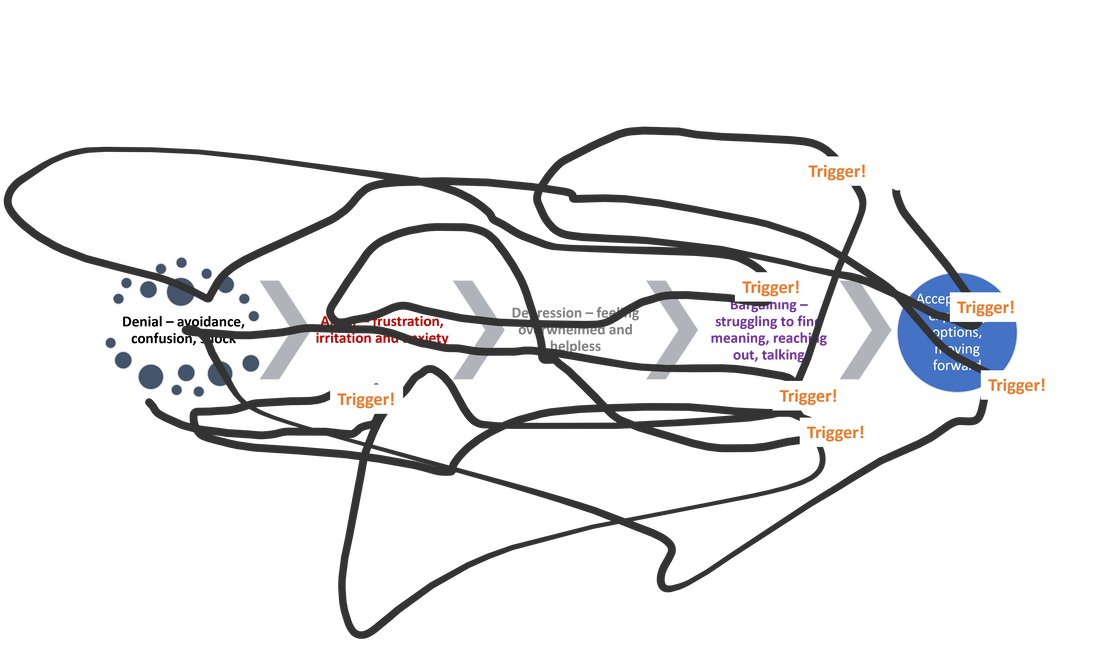
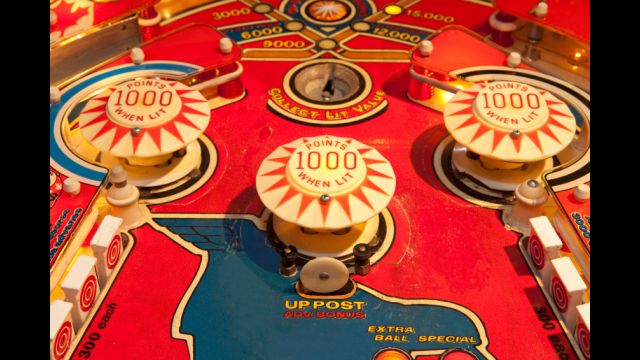
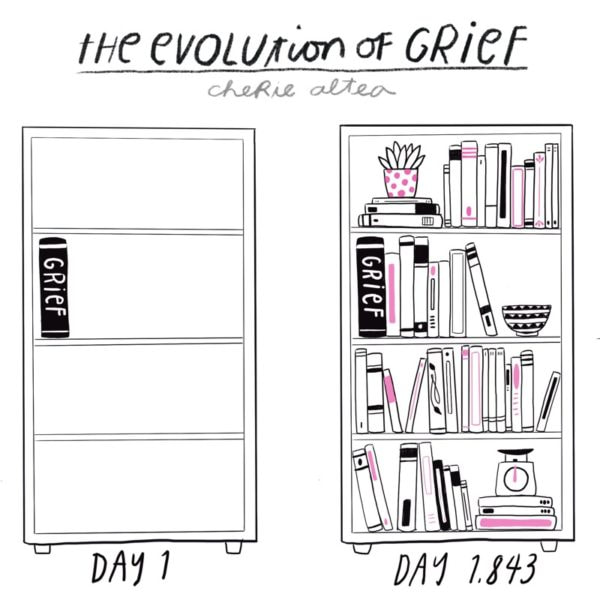
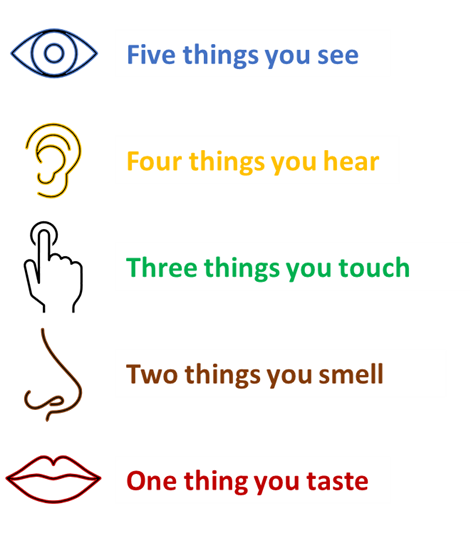

 RSS Feed
RSS Feed